Family Phrynosomatidae | Suborder Iguania Genus Sceloporus | |
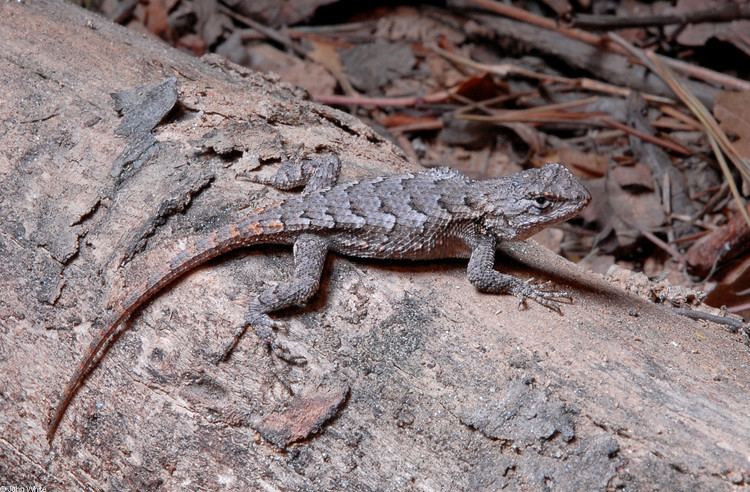 | ||
Similar Spiny lizard, Western fence lizard, Reptile, Scaled reptiles, Phrynosomatinae | ||
Eastern fence lizard sceloporus undulatus designermite hd quality 1080
The eastern fence lizard (Sceloporus undulatus) is a medium-sized species of lizard found along forest edges, rock piles, and rotting logs or stumps in the eastern United States. It is sometimes referred to as the prairie lizard, fence swift, gray lizard, northern fence lizard or pine lizard. It is also referred to colloquially as the horn-billed lizard.
Contents
- Eastern fence lizard sceloporus undulatus designermite hd quality 1080
- Eastern fence lizard
- Taxonomy
- Distribution
- Description
- Response to fire ant predation
- Mating
- References
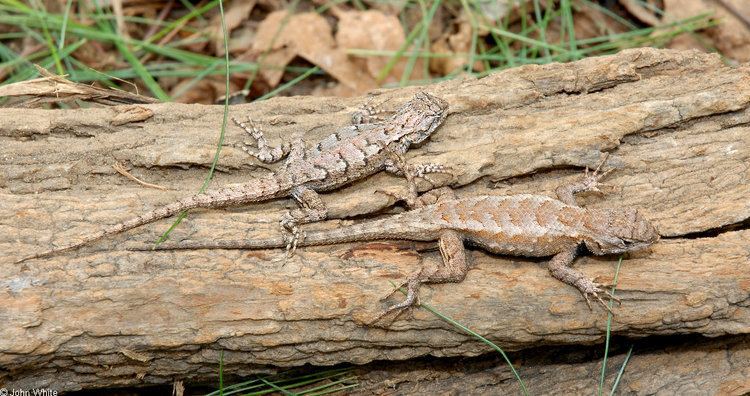
Eastern fence lizard
Taxonomy

The generic name, Sceloporus, is derived from the Greek skelos/σκελος, meaning "leg", and the Latin porus, meaning "hole", referring to the enlarged femoral pores found in this genus of lizards. The specific name, undulatus, is Latin for "wave", referring to the transverse dark crossbars on the backs of these lizards.
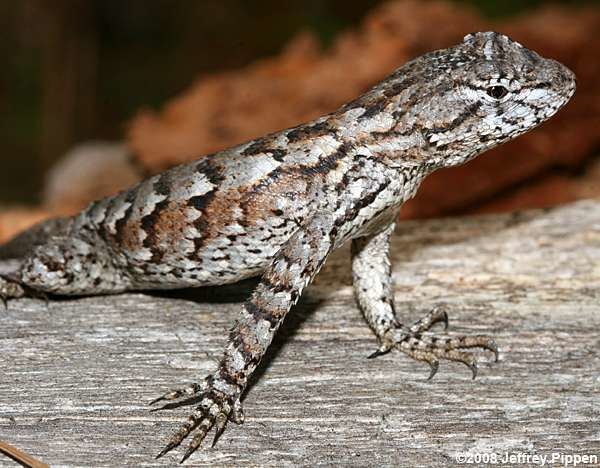
Until 2002, 10 subspecies of S. undulatus were recognized:, but re-evaluation showed paraphyly between the subspecies. These were reclassified as four distinct evolutionary species (the three new species being S. consobrinus, S. tristichus, and S. cowlesi). The narrowed redefinition of S. undulatus has been suggested to still contain two subspecies divided by the Appalachian Mountains. None is currently formally recognized.
The following cladogram is based on Leache and Reeder, 2002:
Distribution
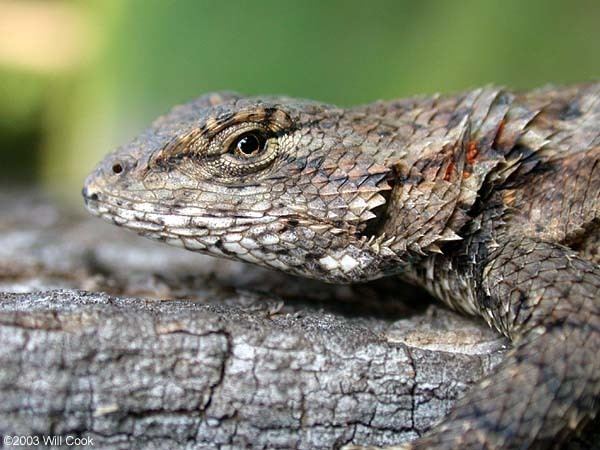
The eastern fence lizard is found in Florida Alabama, Louisiana, Arkansas, Georgia, North Carolina, South Carolina, West Virginia, Virginia, Kentucky, Southern Illinois, Southern Indiana, Tennessee, Ohio, Pennsylvania, Maryland, Missouri, West Virginia, Mississippi, Delaware, northern Florida, southern Wyoming, and southern New Jersey. There are isolated populations outside this range in southeastern New York.
Description
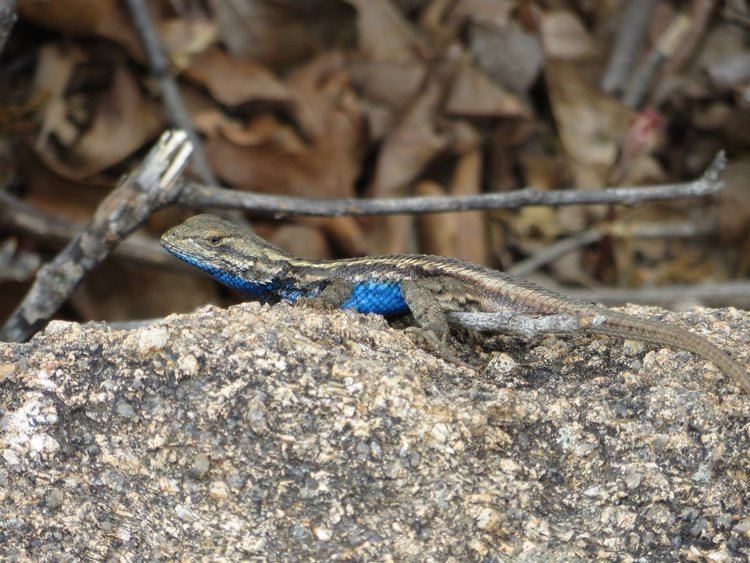
The eastern fence lizard can grow from 4.0 to 7.5 inches long. It is typically colored in shades of gray or brown, and has keeled scales, with a dark line running along the rear of the thigh. A female is usually gray and has a series of dark, wavy lines across her back. The belly is white with black flecks, with some pale blue on the throat and belly. The male is usually brown, and during the summer, has a more greenish-blue and black coloration on the sides of the belly and throat than the female has. The young look like the females, but are darker and duller.
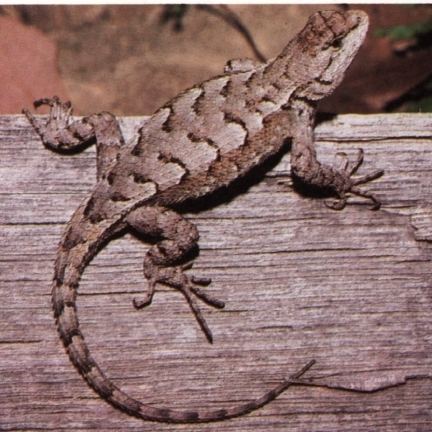
They closely resemble the western fence lizard, but differ slightly in coloration and live in a different area and habitat.
Response to fire ant predation
In 70 years, according to a study published in 2009, eastern fence lizards in parts of the United States have adapted to have longer legs and new behaviors to escape the red imported fire ant, which can kill the lizard in under a minute. Red fire ants serve a problem towards the eastern fence lizards as they occupy their microhabitats and cause them to die or relocate at a different place. Moreover, according to a study published in 2016, artificial eastern fence lizard nests have shown that predation caused by the fire ants were much more vulnerable (61 %).
Mating
Eastern fence lizards mate in spring, and lay 3 to 16 eggs in late spring or early summer. The young hatch in summer and fall. Male fence lizards often do "push-ups" to attract mates and to warn other males encroaching on their territory.
